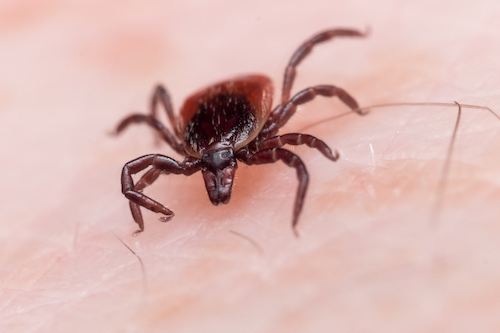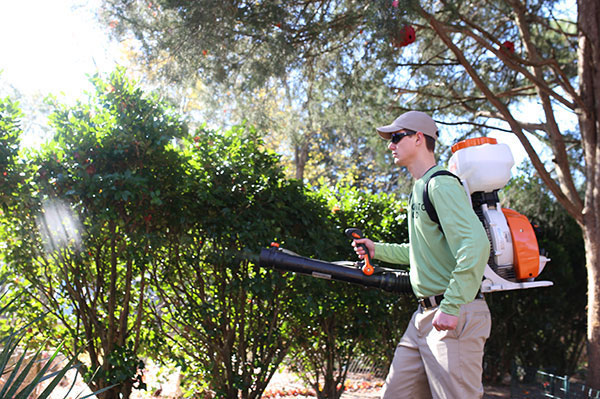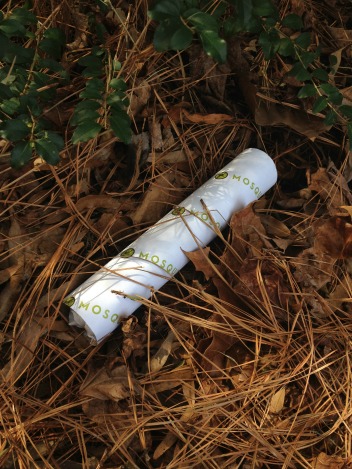It’s Halloween Eve eve. Have you invited ticks into your yard?
Pumpkin patches are abuzz and fall vibes are present everywhere we look. This includes ours and our neighbors’ front yards. Pumpkins, hay stacks, and fallen leaves – OH, MY!

Be wary of ticks through the end of fall.

Adult female ticks, much like Dracula, are out for blood. Your blood, your dog’s blood, any old blood will do. Why are they so hungry this time of year? It’s actually not hunger that drives these ticks to take a blood meal. It’s more primal than hunger. It’s an innate need for a protein that is found in blood, which is consumed by adult female ticks (more in the fall than ever), in order to fertilize her eggs. Their inborn drive to reproduce is what drives adult female ticks. And if you are not careful, you will drive them right to your front door!
It’s less likely that you have a tick on your skin if you are wearing pants and long sleeves. But one great way to bring a tick home from the pumpkin patch is on your clothes. Your kids and pets are different stories. They are closer to the ground, and are often on the ground this time of year. Leaf piles are ever-present and far too tempting for kids and dogs to pass up in the fall. Small stature makes our little ones more susceptible to tick bites any time of year, but many forget that ticks are still out in the fall. When we return home from fall festivals, hay rides, pumpkin patches, or our own front lawns, it is essential that a full tick check be performed. On ourselves, as well as our kids and pets!
TICK TIP: You can place your clothing on high heat in the dryer for 10 minutes just in case your clothing might have a tick after being outdoors.
Here’s a bit of tick control hocus pocus!
I would never recommend not decorating your home and yard for the fall season to prevent ticks from entering your yard. What I would recommend is effective tick control measure be taken. Since our yards are even more agreeable tick habitats in the fall, you should enlist the help of a professional tick control company. You can have your entire yard treated with barrier tick protection, and embolden protection with tick tubes. Tick tubes will continue to work through late fall and winter.

It’s easy to forget about ticks when it’s cooler outside. Let this be your friendly reminder that they are out there. They are on the move. Be sure your home and family are protected!

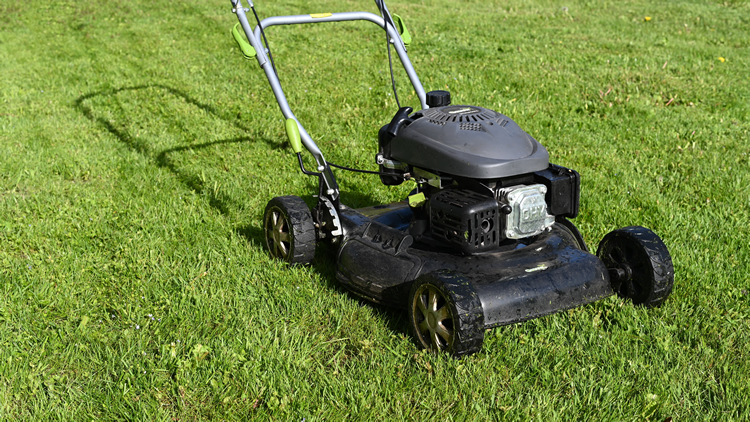

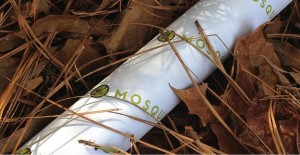
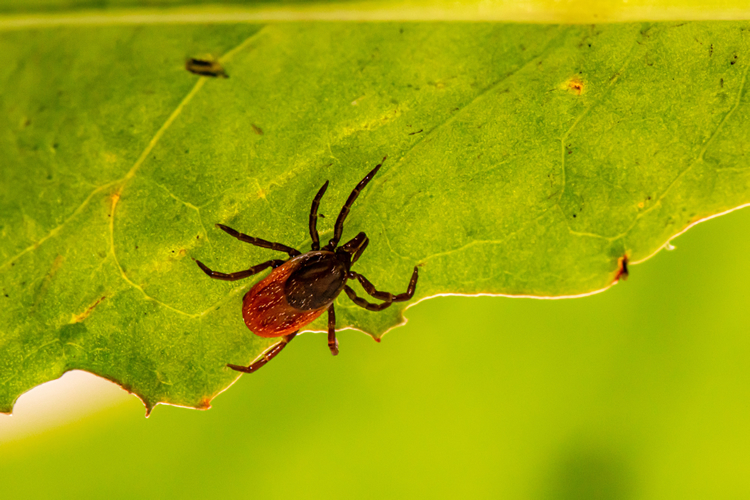
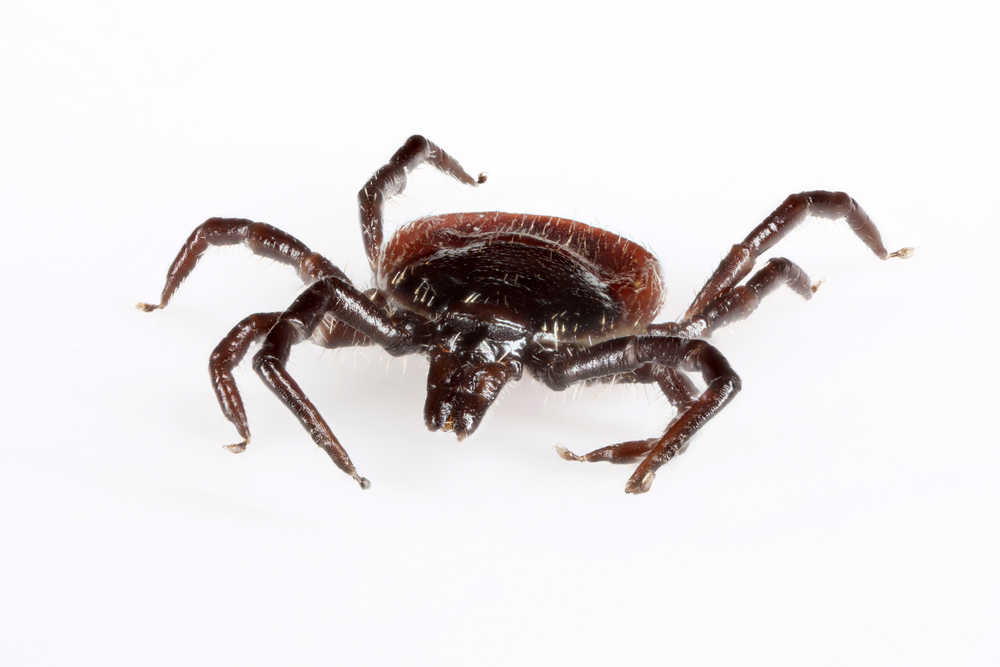

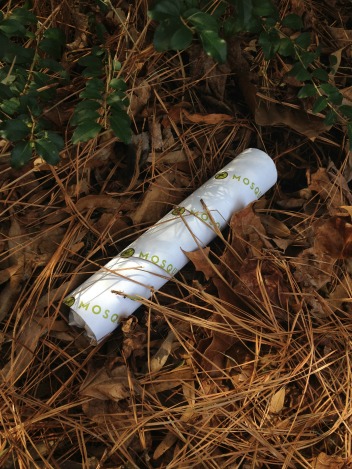 These are small, biodegradable tubes that are stuffed with cotton treated with
These are small, biodegradable tubes that are stuffed with cotton treated with  Reputable tick control products are EPA-registered, but I understand that there are some people who won’t settle for anything less than 100% natural. That’s why tick control companies have developed an
Reputable tick control products are EPA-registered, but I understand that there are some people who won’t settle for anything less than 100% natural. That’s why tick control companies have developed an 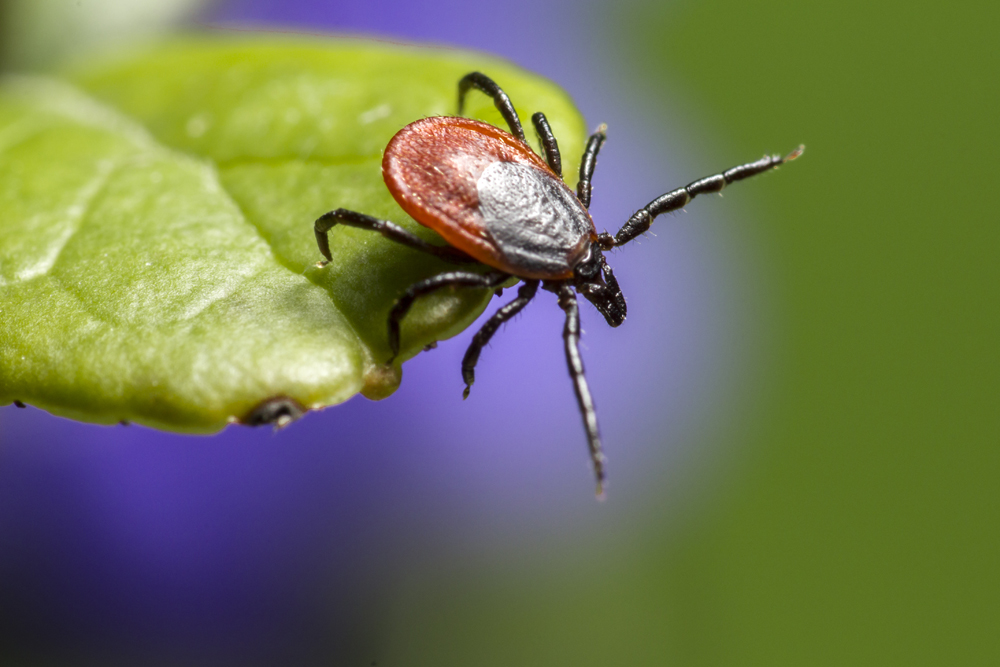


 If you are going to be outdoors, wear long sleeves and pants in light colors, so you can spot a tick easily if it gets onto your clothing. Use personal tick protection measures – repellents with
If you are going to be outdoors, wear long sleeves and pants in light colors, so you can spot a tick easily if it gets onto your clothing. Use personal tick protection measures – repellents with 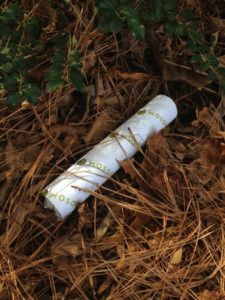 Once ticks become dormant, yard sprays are not essential, but it is wise for Central Massachusetts residents to employ additional tick control with tick tubes.
Once ticks become dormant, yard sprays are not essential, but it is wise for Central Massachusetts residents to employ additional tick control with tick tubes. 